
Industrial switches are indispensable across various industries. Here are some of their most critical applications:
1. Manufacturing and Automation
In automated production lines, industrial switches are used to control machinery, monitor equipment status, and ensure safety. For example:
Micro switches in robotic arms for precise movement control.
Push button switches for emergency stops (E-stops) to halt operations instantly.
2. Energy and Utilities
In power plants and renewable energy systems, switches are used to manage electrical circuits and protect equipment. Examples include:
Selector switches for switching between power sources.
Limit switches in wind turbines to monitor blade position.
3. Transportation and Logistics
From conveyor belts to heavy machinery, industrial switches ensure smooth operations in logistics hubs:
Proximity switches for detecting package positions on conveyor systems.
Toggle switches for controlling vehicle-mounted equipment.
4. Food and Beverage Industry
In environments requiring high hygiene standards, industrial switches are designed to resist water, chemicals, and corrosion:
Sealed push button switches for washdown areas.
Stainless steel toggle switches for durability in wet conditions.
5. Building Automation
Industrial switches are used in HVAC systems, elevators, and security systems to enhance functionality and safety:
Micro switches in elevator doors for precise opening and closing.
Selector switches for controlling lighting and ventilation systems.
Common Challenges in Using Industrial Switches
While industrial switches are designed for durability, certain challenges can arise during their operation:
1. Environmental Stress
Industrial switches often operate in extreme conditions, such as high temperatures, humidity, or exposure to chemicals. Over time, these factors can lead to wear and tear, reducing switch lifespan.
Solution: Choose switches with high IP (Ingress Protection) ratings and materials resistant to specific environmental hazards.
2. Mechanical Failure
Frequent use or improper installation can cause mechanical failures, such as stuck buttons or broken contacts.
Solution: Regular maintenance and proper installation by trained professionals can minimize mechanical issues.
3. Electrical Overload
Switches may fail due to electrical overloads or short circuits, especially in high-voltage applications.
Solution: Use switches with appropriate voltage and current ratings, and incorporate protective devices like circuit breakers.
4. Compatibility Issues
Incompatibility with control systems or other components can lead to operational inefficiencies.
Solution: Ensure switches are compatible with the overall system design and meet industry standards.
5. Safety Concerns
Faulty switches can pose safety risks, such as failure to trigger emergency stops or unintended activation.
Solution: Implement regular testing and use certified switches that comply with safety standards like ISO 9001 and CE.
Industrial switches are the backbone of modern industrial systems, enabling efficiency, safety, and precision across countless applications. By understanding their uses and addressing common challenges, businesses can maximize the value of these essential components.
At Socoje, we’re proud to be your trusted partner in industrial switch solutions. Explore our product range today and discover how we can help power your operations.
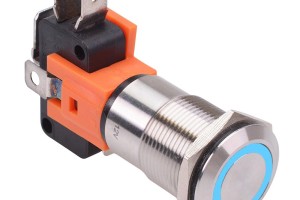
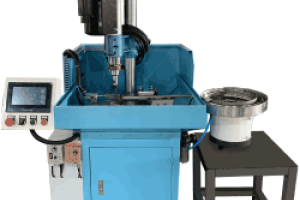
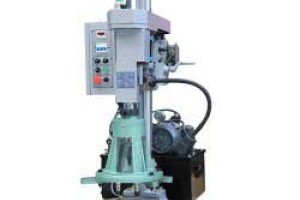
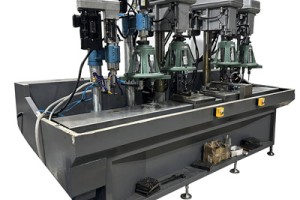
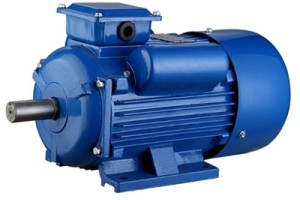
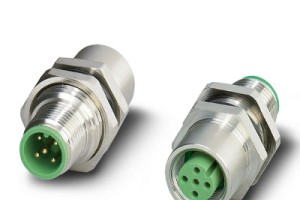
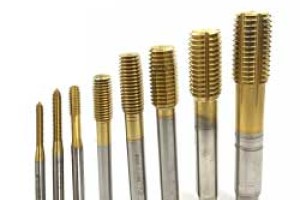
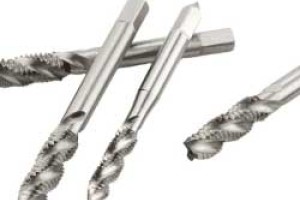
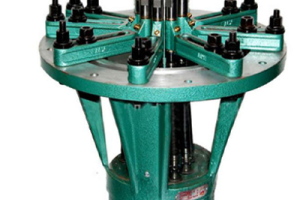
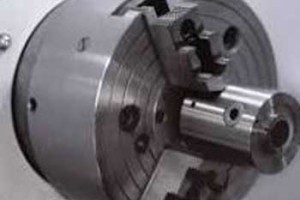
Leave a comment